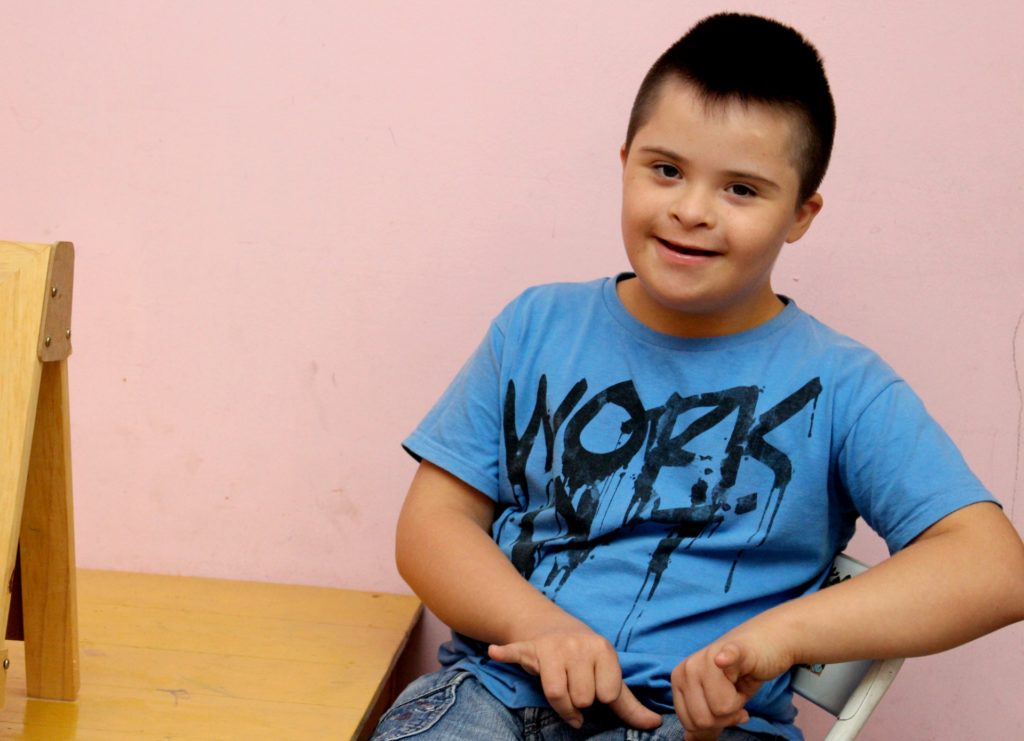After 22 years of teaching in both special and traditional education classrooms, I know the value of helping students with disabilities. While working in special education can be challenging, using the right tactics can help all students have a productive learning experience.
Below are my recommended approaches to working with special needs students:
Build an Inclusive Environment
Students who feel accepted among their peers flourish in the classroom. Mutual support allows them to comfortably ask questions and express thoughts. The same goes for special education students.
At my school, we focus on fostering respect between students of all backgrounds. This starts with forming meaningful connections with and among students. Encourage students to share personal stories. Remind them it’s okay to disagree. Reinforce this in the classroom with collaborative teaching techniques, such as interactive learning and small group work.
As with any behavior, reinforcing this mentality is key. If a child breaks this expectation, treat it like any academic mistake. Redirect, reteach, help correct and offer practice. Then, encourage and praise the right outcome.
Integrate Students While Focusing on Specialization
Inclusivity makes it easier to integrate special needs students with nondisabled peers. Learning together exposes special education students to a more challenging environment. Studies show that disabled students in an integrated learning environment become more independent and acquire developmentally advanced skills.
Even if your school doesn’t operate on an integrated classroom model, there are still opportunities for inclusion. For example, try to facilitate activity between students during free periods such as lunch and recess.
In addition to time together, it’s also important to use specialized instruction. Personalize this to what the student needs—whether it be in reading, math, behavior, social communication, etc. This ensures that special education students don’t fall behind in certain subjects.
Help Students Enjoy Being in School
Students who struggle with academics often don’t enjoy coming to school every day. A mentor once told me that creating a positive experience can have an impact on progress.
Get to know and listen to your students to build trusting relationships. By feeling like valued and unique individuals, students will be happier and more confident.
On the other hand, judgement quickly makes students withdraw and feel discouraged. Reward and encourage students, even when they fail at something, to build self-esteem.
See Every Situation Through the Student’s Eyes
When behavioral issues arise, identify the need being exhibited rather than the behavior itself. Find the cause and show compassion. Rather than punish the student, ask questions to understand why. This will likely lead to a faster solution. No matter the cause, showing an interest in the student’s struggles and emotions lead to a more collaborative solution.
When special education students are lifted up, so is the rest of the school. It is our responsibility as special educators to focus on their needs and experiences.
Learn More
Are you an affiliate?









